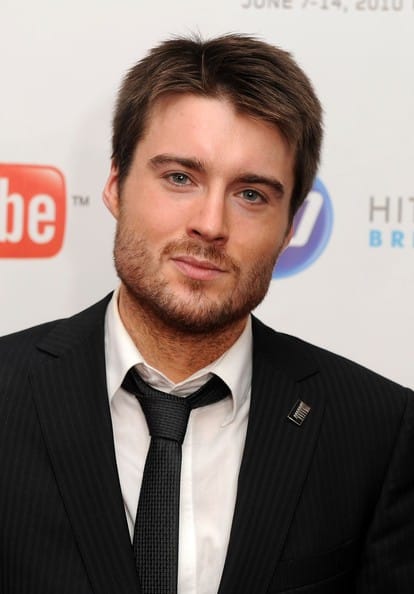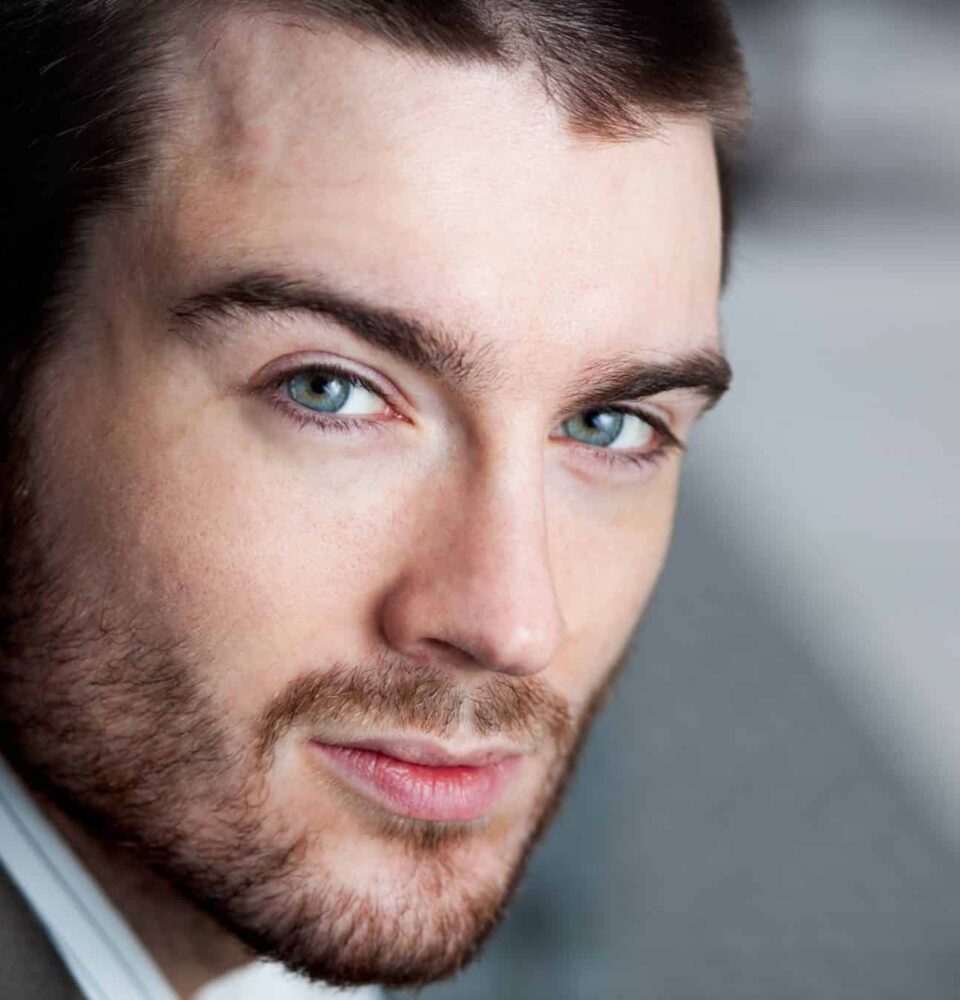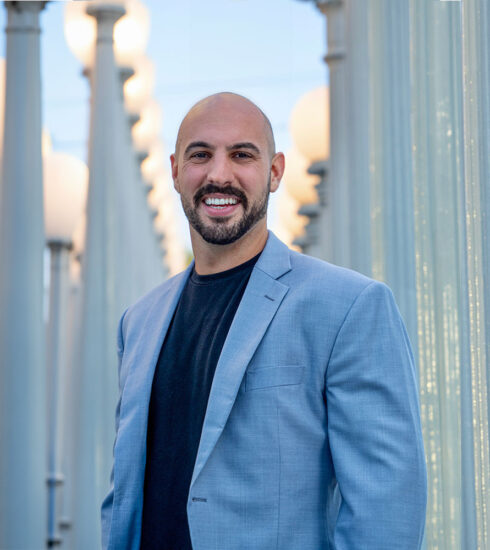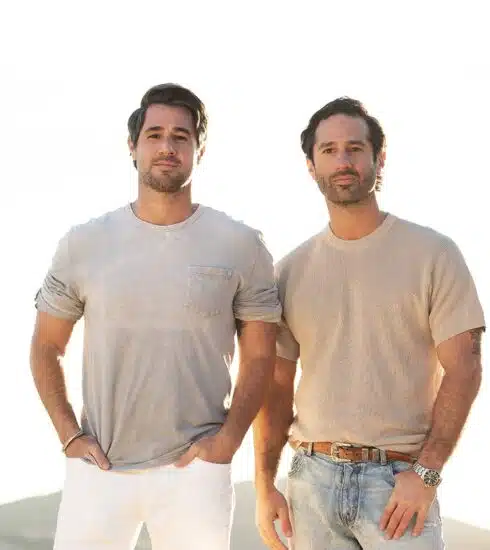How Millennial CEO Pete Cashmore Created Mashable
His names often eludes many, but his work speaks volumes. With his chiseled bone structure and radiant blue eyes, Pete Cashmore, could be mistaken for a model rather than the prestigious CEO of Mashable. Worth $95 million, this 27-year-old Scottish Millennial is responsible for creating the #1 digital magazine for social media and technology. What started out as a bedside blog in 2005 has turned into a central haven for millions of people to learn about the latest in the world of social media (SM). Now generating 25 million unique visitors to his site per month, Cashmore was added to TIME Magazine’s Top 100 Most Influential People of 2012.
Raised in Banchory, a small town outside of Aberdeen, Scotland, Cashmore turned to the Internet for entertainment at 13-years-old when his appendisctemony surgery left him with many complications. Cashmore told Teri Evans of Entrepreneur.com, “I was in and out of the hospital” as a teenager. The more time he spent away from school in bed, the more time he was able to learn what was happening during the onset of the digital golden age. Cashmore developed a passion for the Web and viewed his time at home as an opportunity to read as many business resources as he possibly could. In a 2011 interview with Blip.tv he said, “I would just subscribe to all the business blogs and all the tech blogs and anything I could find because I had no clue.” He began developing his writing skills and building a portfolio at 16 by submitting pieces to popular publications under an alias, adding “I kept my age quiet for a good few years. I didn’t see it as a positive.”

He kept up with American culture by pulling all-nighters, going to sleep at 6am and waking up mid day to continue his writing. This relentless cycle put in him in sync with American viewers who each week flocked in numbers to his site. He was 19-years-old and living with his parents in Scotland when a reporter came knocking on his door looking for the creator of the widely popular technology blog called Mashable. Cashmore never mentioned to his parents that he had started a blog, and confronted his budding business venture for the first time when he sat down with the reporter. Within 6 months, he was approached by an advertiser who paid him $3,000 for placement on his blog. Cashmore told Blip “I suddenly realized that this could actually be my job in technology.” From 2004-2006, “I think there was a lot of doubt at that time that blogs could make money.” Cashmore was at the right place at the right time because in 2005 “everyone said that blogs were sort of a fad and that they weren’t going to catch on. So in some sense the market was saying ‘no this isn’t worth doing, and that was a great thing for me because there really wasn’t anyone else doing it.” For 18 months, he hammered out eight to ten posts a day until he landed 2 million readers a month and made enough from advertising revenue to hire additional writers.
Being alone and unexposed to many talented writers, Cashmore said,“It takes a long time to transition and try to put people in the right roles. Especially if you don’t know anyone.” He had been wearing all hats up until that point, and was faced with allocating people for the first time, “it’s really a learning process where you are trying to figure out ‘how do you replace yourself and how do you move up the ladder and bring in people who are competent or more competent than you hopefully?’” Finding the right team for Cashmore was especially challenging because as an editorial organization “you need to be very careful in choosing people who are a cultural match.” An outsider suddenly at the helm of his own company, Cashmore knew he needed to be strategic. Competing against the newspaper and magazine industries, Cashmore said to Evans “there’s an advantage to having a certain degree of naivete about the challenges and the way things were before so you can build something in a completely different way.”
On his 23rd birthday, he used social media to raise money to build freshwater wells in Africa. Shortly after, he and his team launched the #SocialGood Summit, an annual conference dedicated to making a better world through social media. #SocialGood has since gone viral and is now a frequently used Twitter hashtag. Like most Millennials, Cashmore doesn’t feel compelled to obtain content from anywhere but the Internet and believes that the interactive experience is much more effective in reaching younger generations.

Cashmore has helped millions of people understand how to use technology and social media to improve their lives through Mashable. His passion for the subject has turned him into a fortified and revered celebrity in the eyes of the connected generation. “I really enjoy my work. For me it’s the opposite of work. When I’m away I find myself wanting to be connected.” He currently writes a technology and social media column for CNN.
The story of Cashmore’s success is a prime example of how the Internet can change a person’s life. Once an unknown blogger in a rural Scottish town, Pete Cashmore is now one of the richest and most influential online publishers in the digital news era, placing him at the top of the list of respected and inspiring Millennial entrepreneurs.









